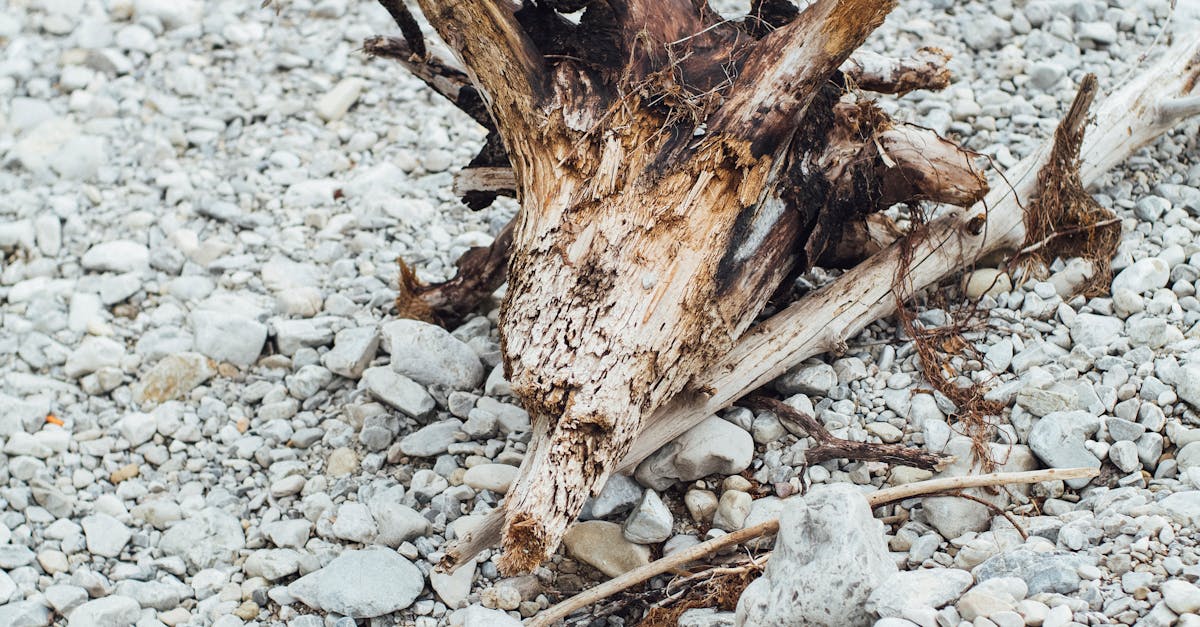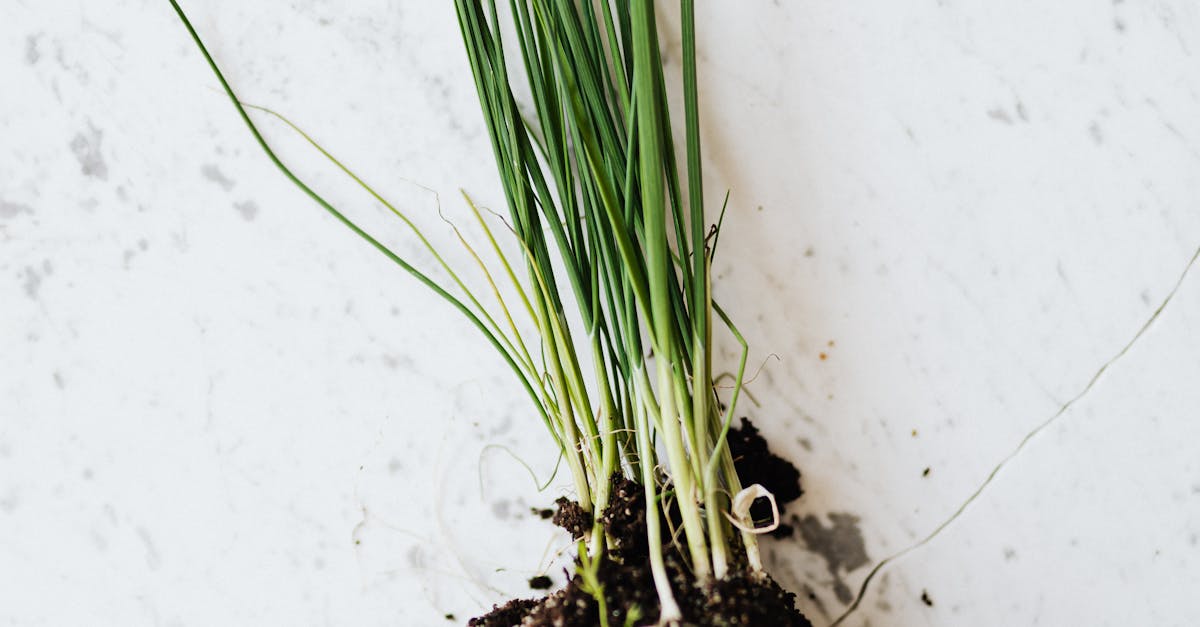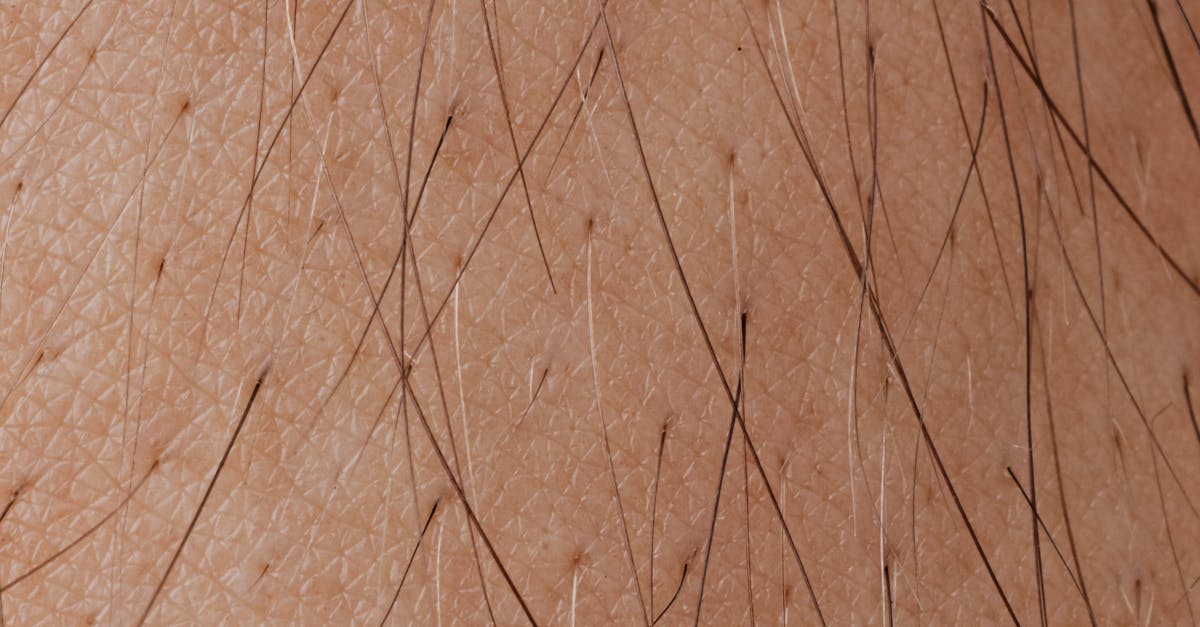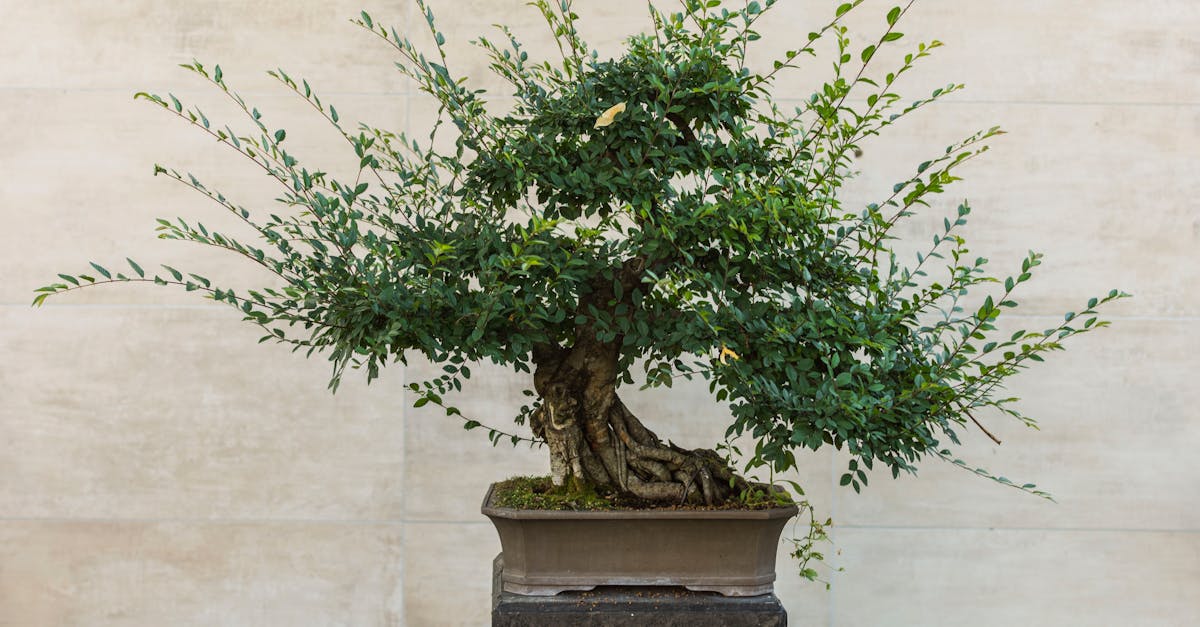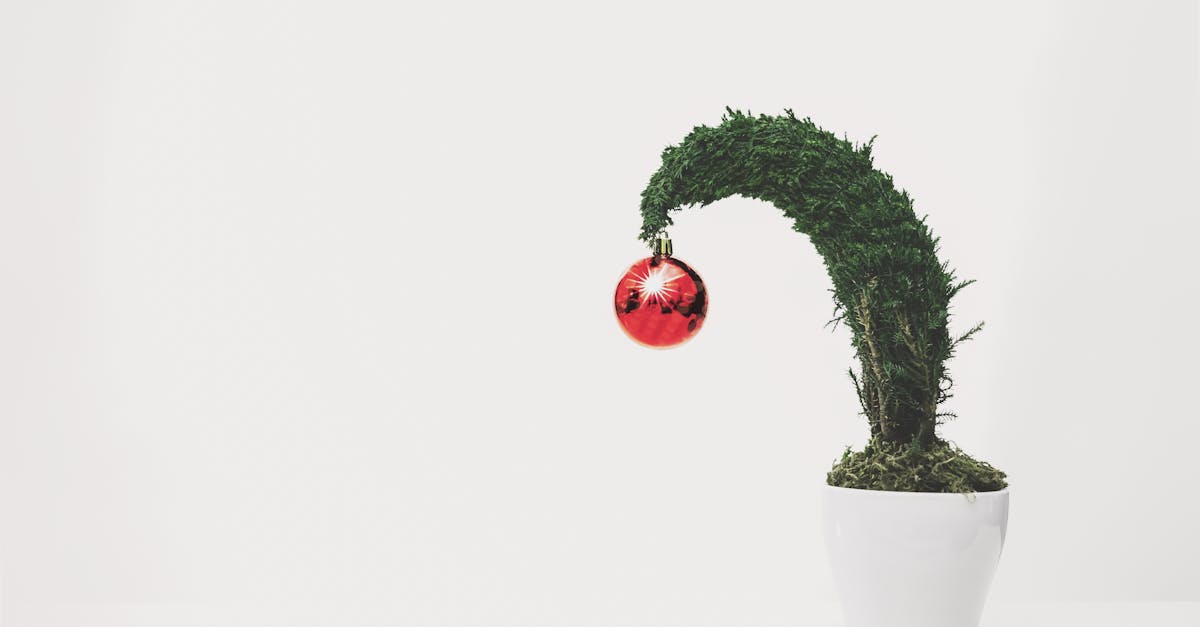The Art of Miniature Sculpting: Shaping and Training Bonsai with Precision
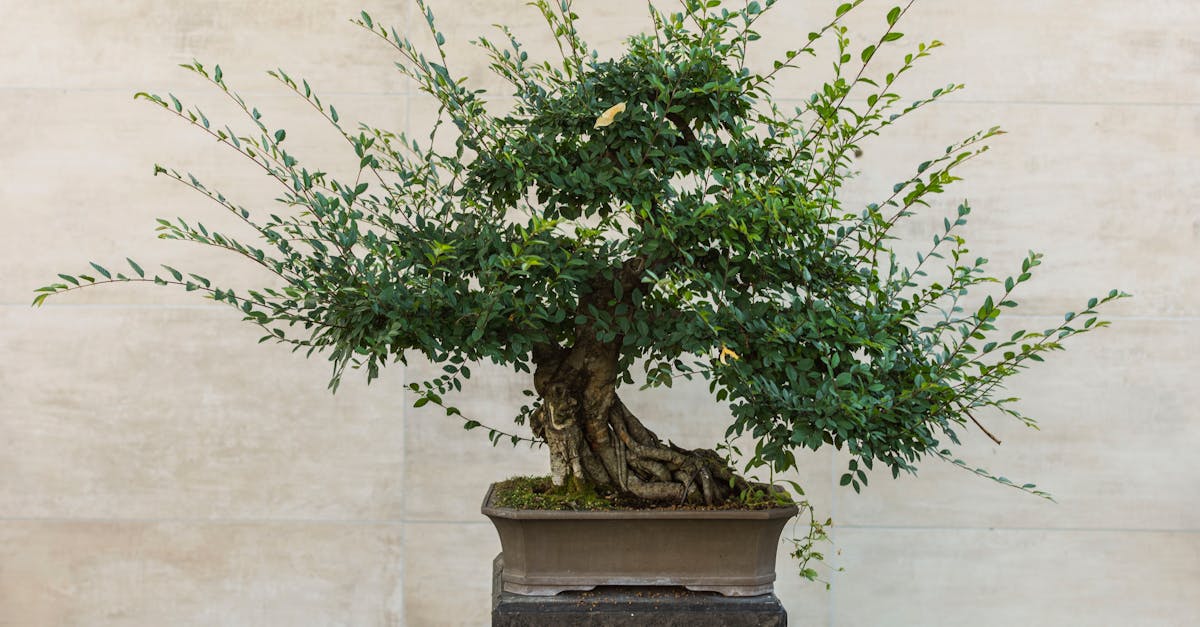
Bonsai, the ancient art of training miniature trees, has captivated enthusiasts for centuries. Wiring is an intricate technique that allows bonsai artists to shape and guide their creations, transforming them into living works of art. This comprehensive guide will provide a detailed exploration of wiring bonsai, from the essential materials and techniques to advanced concepts and maintenance practices. Whether you’re a novice or an experienced hobbyist, this article will empower you to harness the power of wiring and elevate your bonsai masterpieces to new heights.
Wiring offers a multitude of benefits for bonsai. It enables precise shaping of branches and trunks, creating graceful curves and desired angles. By controlling the growth direction, wiring promotes harmonious balance and enhances the overall aesthetic appeal of the tree. Additionally, it strengthens branches, preventing breakage and ensuring the long-term health and vitality of your bonsai.
As you embark on this artistic journey, remember that wiring bonsai is a delicate art that requires patience, precision, and a deep understanding of tree physiology. Embrace the learning process, experiment with different techniques, and observe the responses of your trees. With dedication and care, you’ll master the art of wiring and create miniature masterpieces that will bring joy and serenity to your life.
1. Introduction to Wiring Bonsai
Wiring bonsai is an ancient art that allows enthusiasts to shape and train miniature trees, creating living works of art. It plays a crucial role in enhancing the aesthetic value, promoting harmonious growth, and ensuring the long-term health of bonsai specimens. By carefully manipulating the branches and trunks with wire, bonsai artists can guide their trees into graceful curves, desired angles, and captivating shapes.
Wiring offers a multitude of benefits for bonsai cultivation. It enables precise shaping, allowing artists to create miniature landscapes and evoke a sense of age and maturity in their trees. By controlling the growth direction of branches, wiring promotes balance and symmetry, resulting in a visually pleasing composition. Additionally, it strengthens weaker branches, preventing breakage and ensuring the overall structural integrity of the tree.
Approaching wiring with a deep understanding of tree physiology is essential. Different species respond uniquely to wiring, and it’s crucial to consider factors such as branch thickness, flexibility, and growth patterns. By tailoring the wiring techniques to the specific needs of each tree, bonsai artists can achieve optimal results while preserving the health and vitality of their miniature masterpieces.
2. Materials and Techniques
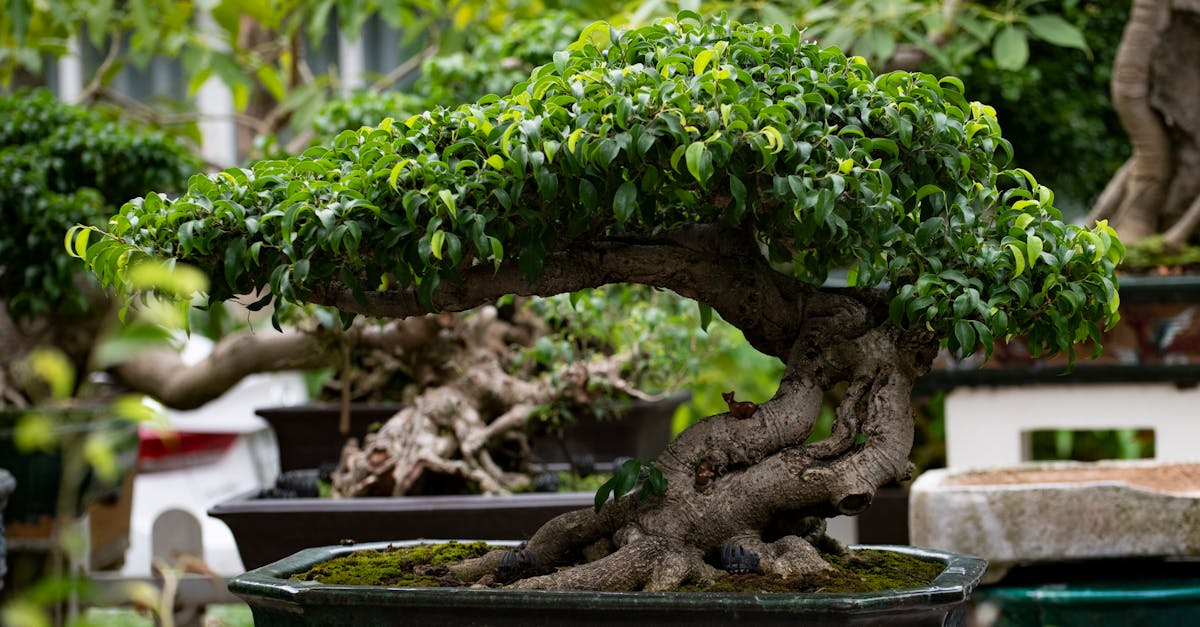
When embarking on the art of wiring bonsai, having the right materials and mastering fundamental techniques are essential for success. The choice of wire plays a significant role, as different types and gauges are suited to varying tree sizes and species. Aluminum, copper, and stainless steel are commonly used wires in bonsai, each with its advantages and disadvantages.
Aluminum wire is lightweight, flexible, and easy to work with, making it a good choice for beginners. However, it is not as strong as other types of wire and can break easily if overtightened. Copper wire is stronger and more durable than aluminum, but it is also less flexible and can be more difficult to bend. Stainless steel wire is the strongest and most durable option, but it is also the most expensive and can be challenging to work with.
Once the appropriate wire is selected, fundamental wiring techniques ensure secure and effective shaping. Single wrapping, double wrapping, and serpentine wiring are commonly used methods, each serving specific purposes. Single wrapping involves wrapping the wire around a branch or trunk once, while double wrapping provides additional support and stability. Serpentine wiring is a more advanced technique that allows for gradual bending and shaping of branches, creating curves and movement.
Proper anchoring of the wire is crucial to prevent it from slipping or damaging the tree. Techniques such as the half-hitch and the clove hitch provide secure Befestigungsmöglichkeiten. Additionally, creating tension in the wire is essential for effective shaping, but it’s important to avoid overtightening, which can constrict the tree and hinder its growth.
Types of Wiring
In the art of bonsai wiring, selecting the appropriate type of wire is crucial for successful shaping and training. Aluminum, copper, and stainless steel are the most commonly used wires, each offering unique advantages and disadvantages.
Aluminum Wire: – Lightweight and flexible, making it easy to work with, especially for beginners. – Affordable and readily available. – Not as strong as other types of wire, can break easily if overtightened.
Copper Wire: – Stronger and more durable than aluminum, providing better support for branches. – Can be reused multiple times, making it a more economical option in the long run. – Less flexible than aluminum, can be more difficult to bend and shape.
Stainless Steel Wire: – Strongest and most durable option, ideal for shaping thicker branches and trunks. – Corrosion-resistant, ensuring longevity. – More expensive than aluminum and copper wires. – Can be challenging to work with due to its stiffness.
The choice of wire type ultimately depends on the size and species of the bonsai tree being wired. For smaller trees with delicate branches, aluminum wire may be sufficient. For larger trees or those with thicker trunks, copper or stainless steel wire is recommended for added strength and support.
Preparing the Tree for Wiring
Properly preparing a bonsai tree before wiring is essential to ensure its health and minimize stress. Here are the key steps involved:
Watering: Water the tree thoroughly a few days before wiring. This will help to make the branches more pliable and less likely to break when bent. Avoid overwatering, as soggy soil can damage the roots.
Defoliating: Remove all or most of the leaves from the tree. This will reduce transpiration and help the tree to focus its energy on recovering from the wiring process. Defoliation can also improve the visibility of the branches, making it easier to wire them effectively.
Removing Dead or Diseased Branches: Inspect the tree carefully and remove any dead or diseased branches. These branches are not only unsightly but can also provide entry points for pests and diseases. Pruning these branches will improve the overall health of the tree and allow you to focus on wiring the healthy branches.
By following these preparation steps, you can ensure that your bonsai tree is in optimal condition for wiring and is more likely to recover quickly and successfully.
3. Wiring Techniques
Wiring techniques play a crucial role in shaping and training bonsai trees. Here are step-by-step instructions for three common wiring techniques, with illustrations or diagrams for clarity:
Single Wrapping: 1. Position the wire at the base of the branch or trunk where you want to create a bend. 2. Wrap the wire around the branch once, making sure it is snug but not too tight. 3. Secure the wire by twisting the ends together or wrapping them around a nearby branch.
Double Wrapping: 1. Start by performing a single wrap as described above. 2. Bring the wire back over the branch and wrap it around a second time, crossing over the first wrap. 3. Secure the wire as before.
Serpentine Wiring: 1. This technique is used to create gradual bends and curves in branches. 2. Start by wrapping the wire around the base of the branch. 3. Instead of wrapping directly around the branch, bring the wire up and over the branch, then back down and around the other side. 4. Continue this serpentine pattern, gradually bending the branch as you wrap.
When wiring, it is important to use the appropriate gauge wire for the size of the branch and to avoid overtightening, which can damage the tree. With practice, you can master these wiring techniques and create beautiful and intricate bonsai specimens.
Basic Wiring Methods
As a beginner in bonsai wiring, mastering basic wiring methods is essential to ensure the health and well-being of your trees. Here are three fundamental techniques to get you started:
Anchoring the Wire: 1. Choose a branch or trunk where you want to create a bend or shape. 2. Position the wire at the base of the branch, close to the trunk. 3. Wrap the wire around the branch once or twice, making sure it is snug but not too tight. 4. Twist the ends of the wire together or wrap them around a nearby branch to secure it.
Creating Tension: 1. Once the wire is anchored, you can begin to create tension to bend the branch. 2. Hold the branch in one hand and pull the wire in the opposite direction with the other hand. 3. Gradually increase the tension until you achieve the desired bend or shape. 4. Avoid overtightening the wire, as this can damage the branch.
Avoiding Damage: 1. Use the appropriate gauge wire for the size of the branch you are wiring. 2. Avoid wiring branches that are too young or brittle. 3. Pad the wire with tape or rubber to prevent it from cutting into the bark. 4. Monitor the wired branches regularly and adjust the tension as needed.
By following these basic wiring methods, you can safely and effectively shape and train your bonsai trees.
Advanced Wiring Techniques
As you gain experience in bonsai wiring, you can explore advanced techniques to create more refined and artistic specimens. Here are three advanced wiring methods to enhance your bonsai skills:
Wiring for Specific Tree Styles: – Different bonsai styles, such as formal upright, informal upright, and cascade, have specific wiring requirements. – Study the characteristics of each style and adjust your wiring techniques accordingly. – For example, in a formal upright style, the trunk is typically straight and vertical, requiring careful wiring to create the desired shape.
Creating Movement and Flow: – Use wiring to create a sense of movement and flow in your bonsai trees. – By bending and shaping branches in different directions, you can mimic the natural growth patterns of trees in the wild. – This technique adds dynamism and interest to your bonsai compositions.
Enhancing the Illusion of Age: – Wiring can also be used to enhance the illusion of age in your bonsai trees. – By creating wrinkles and bends in the bark, you can give the impression that the tree has weathered many years of growth. – Use wire to shape branches in a way that mimics the natural aging process of trees.
4. Maintenance and Removal
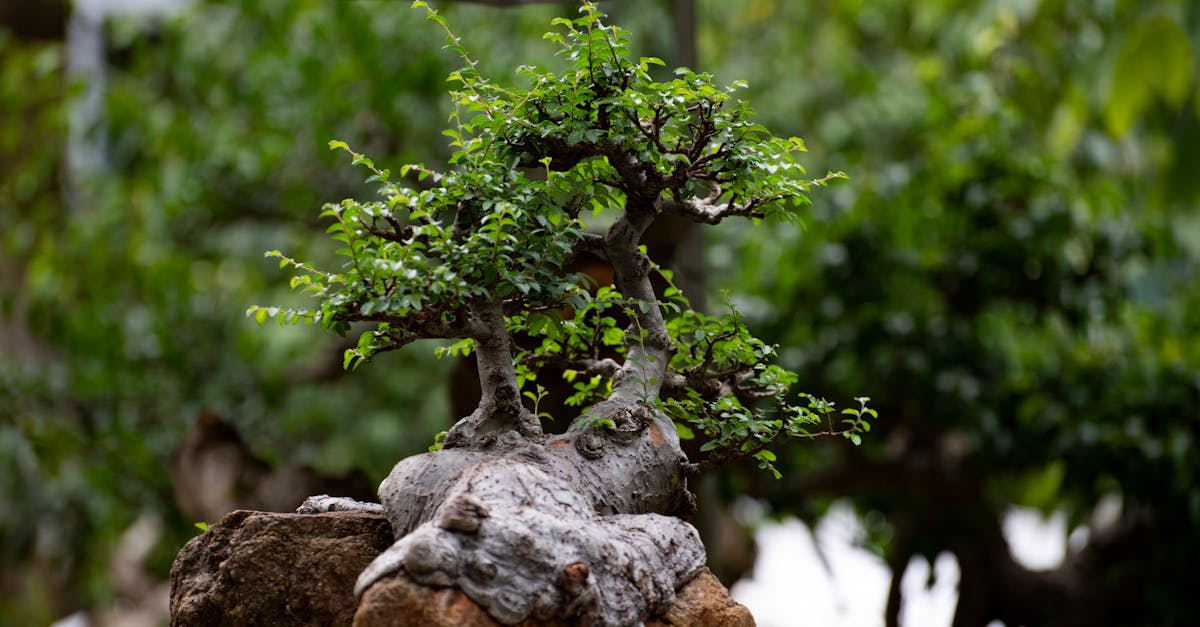
Proper maintenance and timely removal of wire are crucial to ensure the continued health and aesthetic appeal of your wired bonsai trees. Here are three key guidelines to follow:
Monitoring Wired Bonsai: – Regularly inspect your wired bonsai trees to monitor their progress and make any necessary adjustments. – Check the tension of the wire and adjust it as the branches grow and change shape. – Look for signs of damage or constriction, and address them promptly.
Adjusting Tension: – As your bonsai tree grows, the tension of the wire will need to be adjusted to accommodate the changes in branch thickness and shape. – Use wire cutters to carefully loosen or tighten the wire as needed. – Avoid overtightening the wire, as this can damage the bark and restrict growth.
Removing the Wire: – Once the desired shape has been achieved, it is important to remove the wire at the appropriate time to avoid scarring or constriction. – Use wire cutters to carefully snip the wire, being cautious not to damage the bark. – Remove the wire completely and dispose of it properly.
By following these maintenance and removal guidelines, you can ensure that your wired bonsai trees remain healthy and continue to develop their desired shape and form.
Monitoring and Adjusting
Monitoring and adjusting the wiring of your bonsai tree is crucial to ensure its continued health and proper development. Here’s a comprehensive guide to help you with this important task:
Regular Inspection: Make it a habit to regularly inspect your wired bonsai tree, paying close attention to the areas where the wire is applied. Look for any signs of damage to the bark or branches, and check if the wire is still securely in place. If you notice any issues, address them promptly to prevent further damage.
Adjusting Tension: As your bonsai tree grows and changes shape, the tension of the wire may need to be adjusted to accommodate these changes. Use wire cutters to carefully loosen or tighten the wire as needed, ensuring that it is snug but not too tight. Overtightening the wire can restrict growth and damage the bark, so it’s important to find the right balance.
Maintaining Balance: Monitoring and adjusting the wiring also involves maintaining the overall balance and harmony of your bonsai tree. Observe the tree from different angles and make adjustments to the wire as necessary to create a visually pleasing composition. This may involve repositioning branches, adjusting the angle of bends, or removing unnecessary wire to enhance the tree’s natural beauty.
Removing the Wire
Removing the wire from your bonsai tree at the appropriate time is essential to minimize damage and promote the tree’s continued health and development. Here’s a detailed guide to help you with this important task:
Determining the Right Time: The optimal time to remove the wire depends on the species of your bonsai tree and the thickness of the branches that were wired. Generally, it’s best to wait until the branches have set in their new positions and are no longer actively growing. This can take several months or even years, depending on the tree and the extent of the wiring.
Safe Removal Techniques: When removing the wire, use sharp wire cutters to carefully snip it close to the trunk or branch. Avoid pulling or yanking the wire, as this can damage the bark and underlying tissues. Once the wire is cut, gently unwind it from the branch, taking care not to strip or tear the bark.
Protecting the Tree: After removing the wire, inspect the areas where it was applied for any signs of damage or indentation. You can use a sharp knife or scalpel to carefully remove any small pieces of wire that may have become embedded in the bark. Apply a sealant or wound paste to protect the exposed areas and promote healing.
5. Conclusion
In conclusion, the art of wiring bonsai is a rewarding and transformative practice that allows you to shape and train your miniature trees into exquisite works of art. By understanding the principles and techniques outlined in this article, you can harness the power of wiring to enhance the beauty, balance, and character of your bonsai specimens.
Remember that patience and care are essential when practicing this art. Observe your trees closely, adjust the wiring as needed, and remove it at the appropriate time to avoid damage. With dedication and a keen eye, you’ll master the techniques of wiring and create breathtaking bonsai masterpieces that will bring joy and serenity to your life.
If you’re seeking further knowledge and inspiration, here are some additional resources to explore: – Bonsai Wiring Techniques – Wiring Bonsai Trees – Bonsai Wire
Embrace the art of wiring bonsai, and continue to refine your skills through practice and exploration. May your bonsai journey be filled with creativity, beauty, and the unwavering connection with nature that this ancient art form offers.
Q: Is wiring harmful to bonsai trees?
A: When performed correctly and with proper care, wiring is not harmful to bonsai trees. In fact, it can benefit the tree by guiding its growth and shaping its branches into desired positions. However, it’s important to use the appropriate wire gauge for the size of the branch and to avoid overtightening, which can damage the bark and restrict growth.
Q: How often should I inspect wired bonsai trees?
A: Regularly inspect your wired bonsai trees, especially during the initial stages of wiring. Monitor the tension of the wire and adjust it as the branches grow and change shape. Look for signs of damage or constriction, and address them promptly to ensure the tree’s health and proper development.
Q: What are some tips for removing wire from bonsai trees?
A: When removing wire, use sharp wire cutters to carefully snip it close to the trunk or branch. Avoid pulling or yanking the wire, as this can damage the bark and underlying tissues. Once the wire is cut, gently unwind it from the branch, taking care not to strip or tear the bark. After removing the wire, inspect the areas where it was applied for any signs of damage or indentation. You can use a sharp knife or scalpel to carefully remove any small pieces of wire that may have become embedded in the bark. Apply a sealant or wound paste to protect the exposed areas and promote healing.

